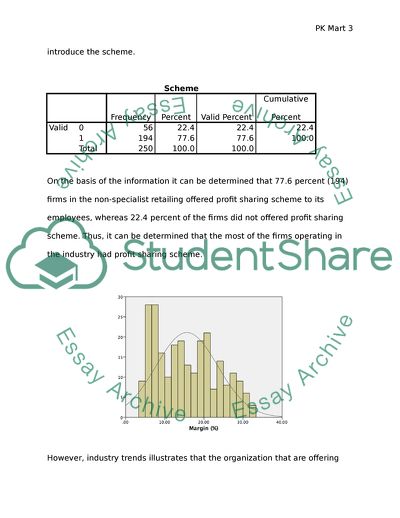Cite this document
(Write a report to the Directors of PK Mart Research Paper, n.d.)
Write a report to the Directors of PK Mart Research Paper. https://studentshare.org/finance-accounting/1855297-write-a-report-to-the-directors-of-pk-mart
Write a report to the Directors of PK Mart Research Paper. https://studentshare.org/finance-accounting/1855297-write-a-report-to-the-directors-of-pk-mart
(Write a Report to the Directors of PK Mart Research Paper)
Write a Report to the Directors of PK Mart Research Paper. https://studentshare.org/finance-accounting/1855297-write-a-report-to-the-directors-of-pk-mart.
Write a Report to the Directors of PK Mart Research Paper. https://studentshare.org/finance-accounting/1855297-write-a-report-to-the-directors-of-pk-mart.
“Write a Report to the Directors of PK Mart Research Paper”. https://studentshare.org/finance-accounting/1855297-write-a-report-to-the-directors-of-pk-mart.


